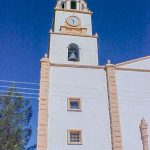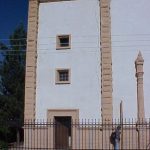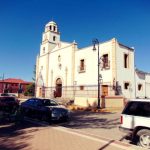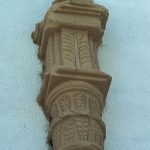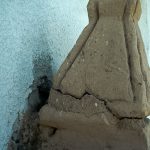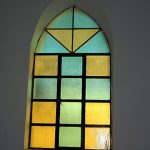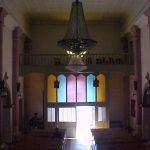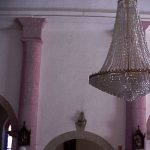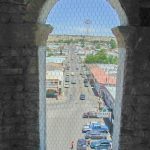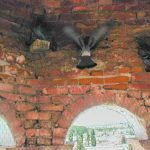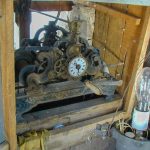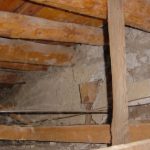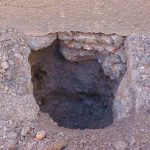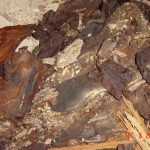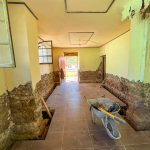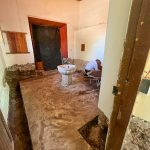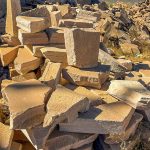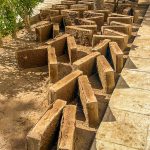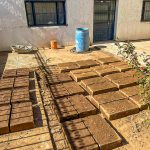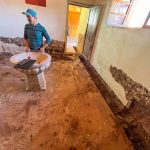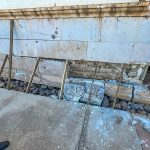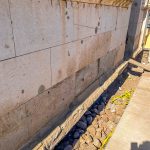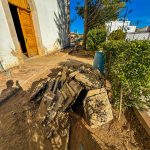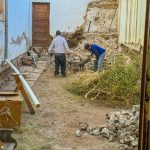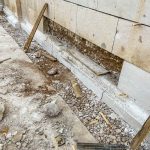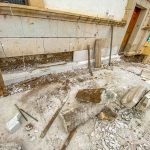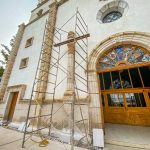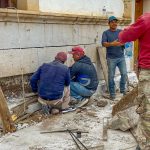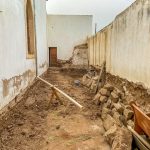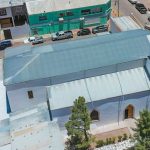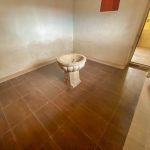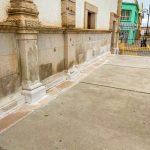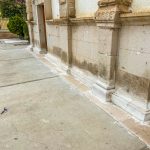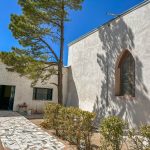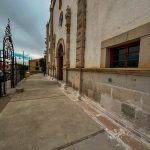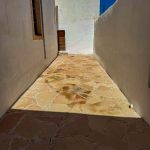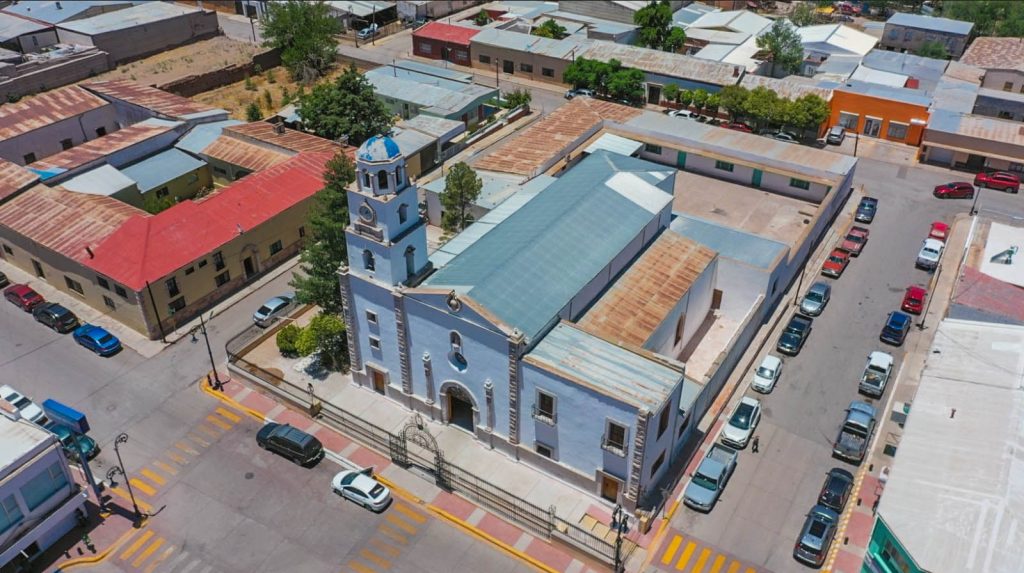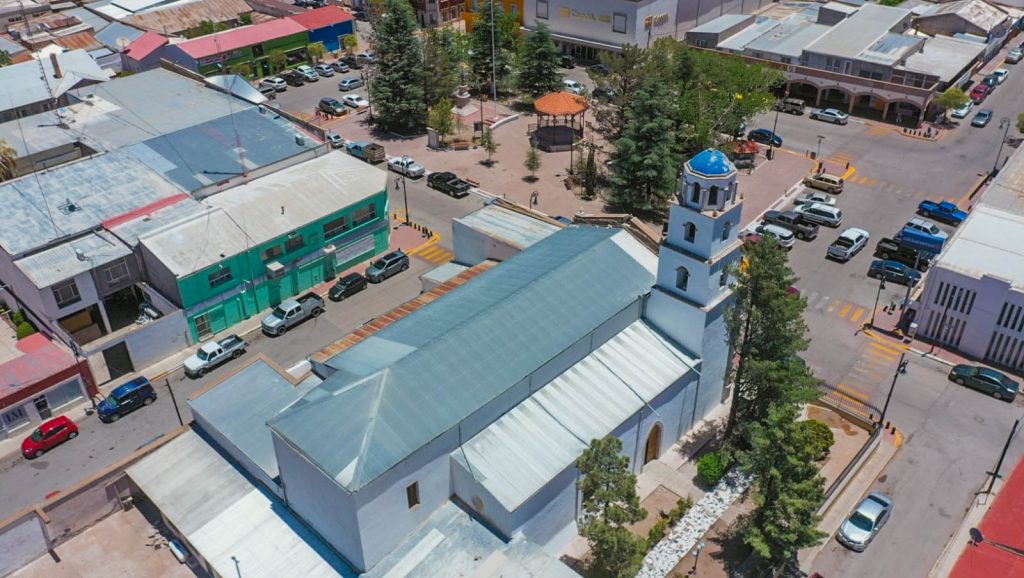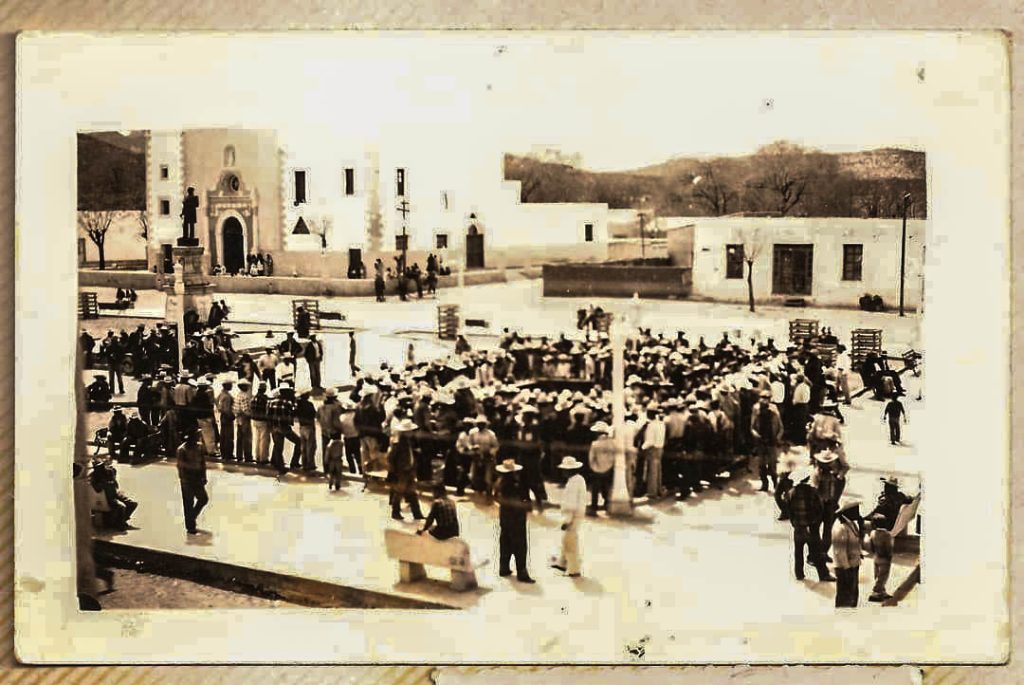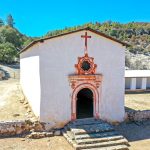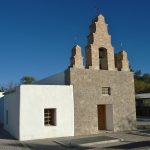La Purisima Concepción
La Purisima Concepción
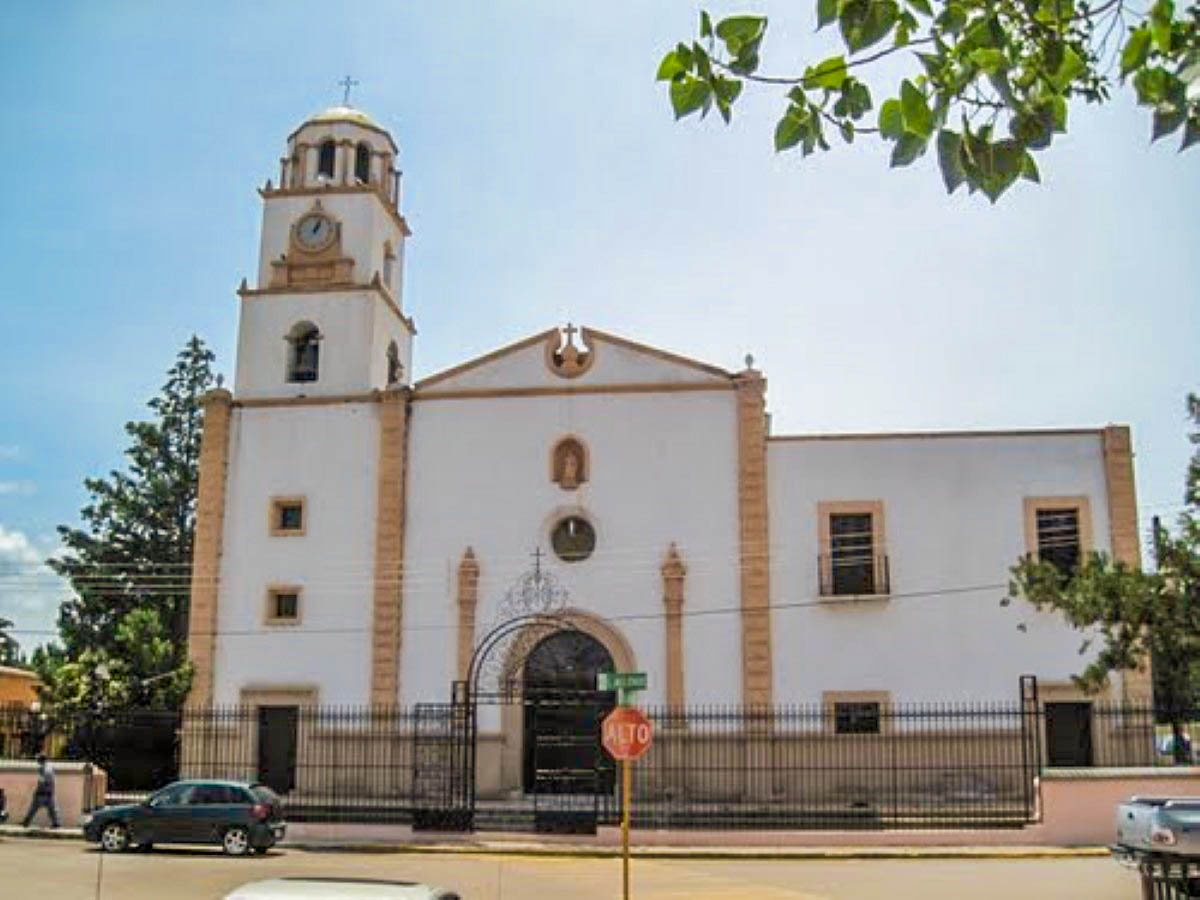
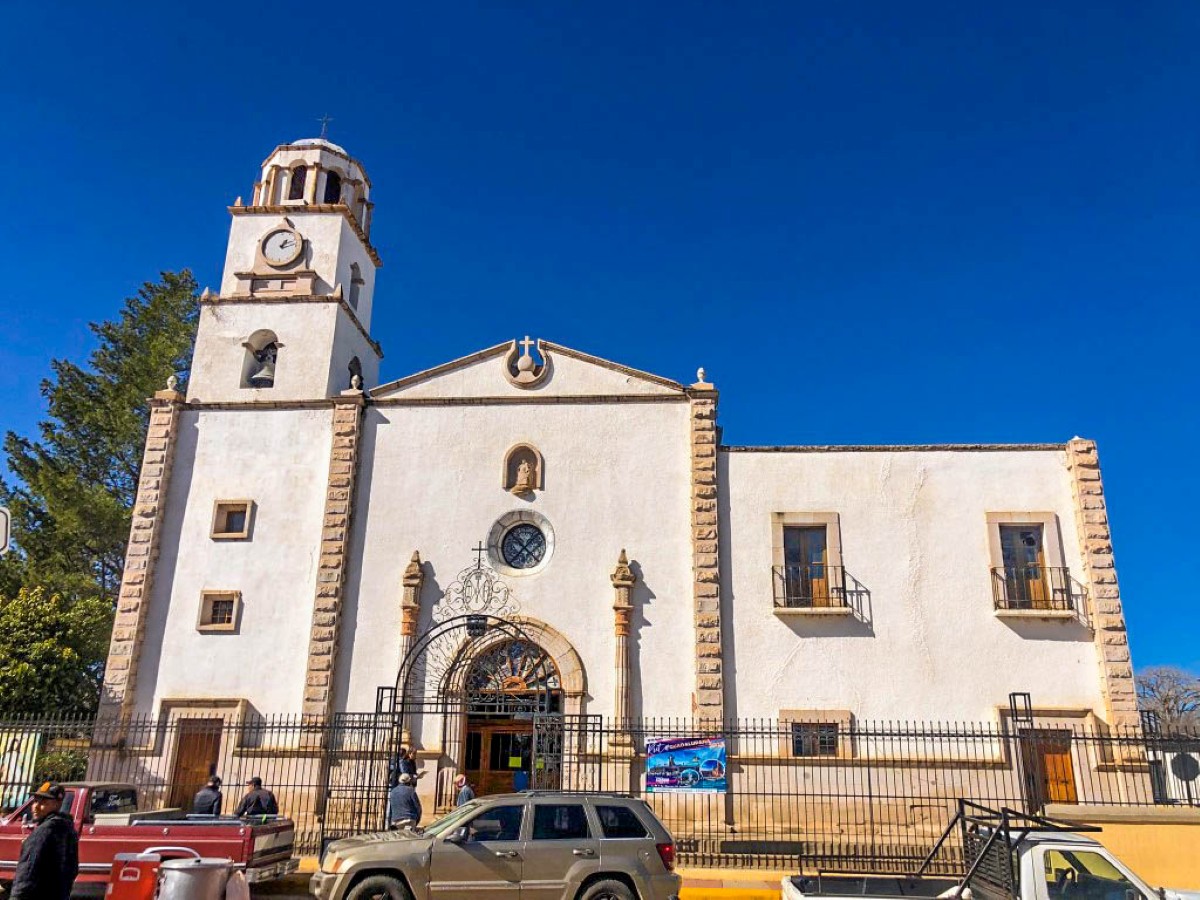
La Villa del Aguilar, now the city of Guerrero, was established as a presidio in 1649 by order of Governor Guajardo, who, due to the Tarahumara uprisings, requested that the Jesuits evangelize the indigenous people and attend to the colonial soldiers. That same year, Cornelio Budín built the first church in Papigochi, La Purísima Concepción, slightly north of the presidio.
In 1650, the church and the house were burned by rebellious Tarahumaras, who, at the governor’s request, rebuilt it in 1651. During a subsequent revolt, the church was completely devastated, and the settlement was abandoned for over 20 years. By the mid-17th century, the church was fully reconstructed, with larger dimensions than the original. Interventions and modifications were carried out in 1970.
The church, with three naves, features a traditional construction system based on a stone masonry foundation, columns and adobe walls 60 to 80 cm thick, and a roof of wooden beams, slabs, and a flat terrace. In the 20th century, an additional roof of wooden purlins and corrugated metal sheets was installed. The main façade has a three-tiered bell tower located at the southwest corner.
The Church of La Purísima Concepción is a building constructed for religious worship, whose origin as a mission church dates back to the 17th century, and it is recognized as a Historical Monument under the Federal Law on Monuments and Archaeological, Artistic, and Historical Zones. It is listed in the National Catalog of Historical Monuments for Buildings under the code 08.031.001.0002.
Diocesan
19th
Guerrero
Guerrero
Building
Adobe
Plane
Simples

In 2006, Father Jorge Blanco approached Misiones Coloniales de Chihuahua A.C. to request a restoration project for the Satevó de Batopilas Church. In April 2006, the first stage of restoration works began; the work carried out during this stage was purely exterior: rehabilitation of the roofs, removal of elastomer-based waterproofing layers, removal of concrete layers on the coverings such as the barrel vault, dome, and half-domes, as well as increasing the slope of the rainwater channels by raising the flat roof.
In the exterior walls, areas were patched with new bricks, while being plastered with a fine lime-and-sand mixture and colored using natural pigments from the region. A type of graffiti dating back to 1850 was found on one section of the bell tower, which was preserved as a historical trace and as a reference for recreating the color of the exterior paint.
In April 2008, the second stage of restoration began, during which all interior plaster on the roofs and walls was removed. These works were completed in 2009.
INVERSION 860,000.00 MXN
PHASE I $300,000.00 (2007)
Roof restoration and wall consolidation.
- SECTUR – Government of the State of Chihuahua
- Batopilas Municipal Government
PHASE II $410,000.00 (2008)
Plaster reintegration, painting, and exterior works.
- FOREMOBA-CONACULTA
- Batopilas Municipal Government
- Government of the State of Chihuahua
PHASE III $150,000.00 (2009)
Plaster reintegration and painting.
- SECTUR – Government of the State of Chihuahua
Batopilas Municipal Government
The Bishop of Cuauhtémoc was notified that the building has serious damage at the bases of the walls and columns due to the high moisture absorbed by capillarity from the subsoil. The natural evaporation of this moisture has been limited or impeded by the concrete and ceramic elements that were added over the years as part of inappropriate and irregular interventions. This damage has weakened the load-bearing capacity of these elements, posing a risk to the building’s stability.


